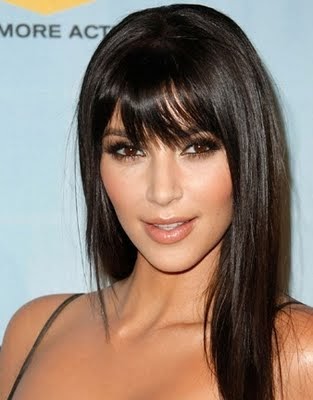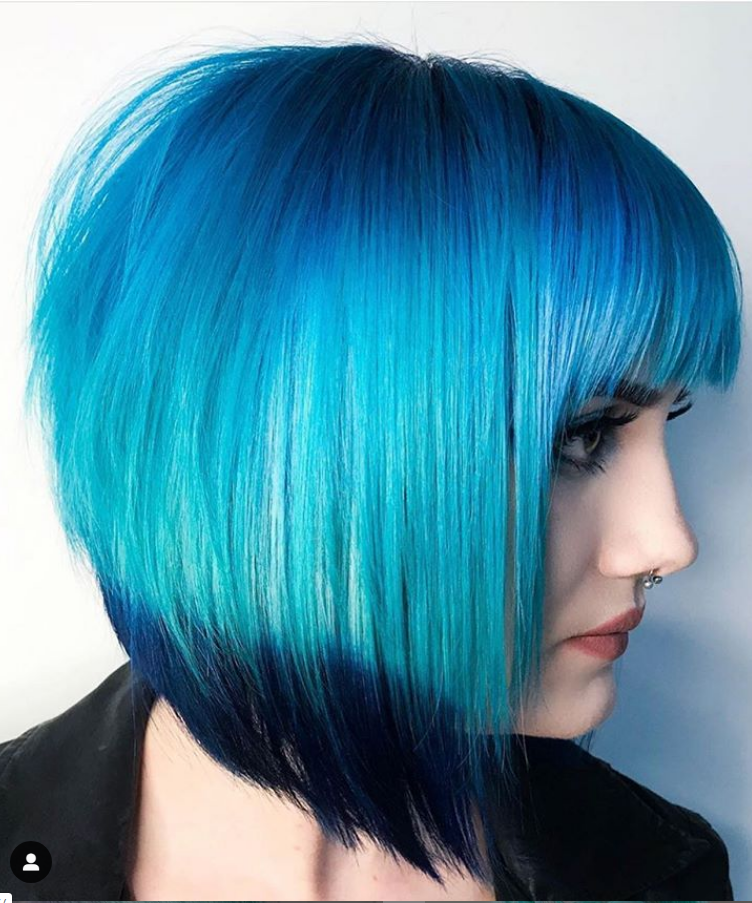

Mascara gets piled on thick, and I can't stop marveling at how light my brown eyes suddenly appear. The next day, I pick up a color corrector to counteract my rosiness, a subdued taupe blush, and an icy pearlescent highlighter to play up my newfound pallor. "Welcome to the world!" And suddenly everything looks different. It's not quite platinum, as originally planned, but rather, he says, "your three-year-old niece at the beach." Rather than using a second bleach on my sensitive scalp, Viveiros paints on the faintest shading of light ash blond at my root and an allover golden glaze of color. We work our way through piece by piece like this for 10 hours.
Hair colors professional#
He massages purple-toned Clairol Professional conditioner into each processed section, then plastic-wraps it for about 10 minutes. After about 20 minutes, Viveiros peels back the aluminum section by section. I expect burning but don't feel much of anything-just ammonia fumes that make my eyes tear when I'm planted under the dryer hood. The risk is real: The process of going platinum requires removing the color from the melanin in the hair shaft by softening the hair cuticle with bleach and dissolving the color molecules through a process called oxidation. At the salon, he divides my hair into sections and painstakingly paints each one, then foils it until a silvery ruff wraps my cranium (the foils allow for a lower-strength bleach that will keep the damage to my hair as minimal as possible). Per Viveiros's directions, I don't wash my hair for a week, building up oil to protect my scalp from bleach. This past year, I cut more than a foot off the bottom into a choppy chin-length bob. My long, thick, brown-with-the-slightest-wave hair was my crown jewel, yes, but it's never been particularly distinctive. I was born with the kind of face that encourages tourists to stop me for directions, which is to say I look familiar in a nonthreatening way. And I understand the rush that comes with changing how the world sees you.īut let's back up. And I get it: Now, when I'm on the subway and I see telltale roots, I know how many hours their owner has spent in a salon, how expensive it was, what it takes to maintain. They'd offer homemade mask recipes for mashes of avocado and olive oil they'd talk about changing their hair for themselves alone ("everyone else can go to hell") and dye jobs gone horribly wrong. Once I started experimenting with the color of my hair-a journey that took me both six shades lighter and three shades darker than my "base" over the course of seven weeks-women began to share their own stories. But what's really surprising is the reaction of women: Coloring one's hair is like a secret handshake into a world of feminine mystique. What they mean is, Are men paying more attention to you? And the answer is yes. The first question people ask after you've gone blond is whether you get more attention. Very little of the chemicals used in hair dye enter your bloodstream, so it's very unlikely that a significant amount will be passed on through your breast milk.This article originally appeared in the September 2016 issue of ELLE. While information about hair treatments while breastfeeding is limited, it's thought to be fine to dye your hair while you are breastfeeding. Using hair dye while you're breastfeeding It's always a good idea to do a strand test first using the hair dye or treatment you intend to use. become more or less absorbent, frizzy or unpredictable.react differently to colouring or perming than it usually does.

Semi-permanent pure vegetable dyes, such as henna, are a safe alternative.ĭo remember that pregnancy can affect your hair's normal condition. The chemicals used are only absorbed by your hair, and not by your scalp or bloodstream. Highlighting your hair, by putting the dye only on to strands of hair, also reduces any risk.

Most research, although limited, shows it's safe to colour your hair while pregnant.

The chemicals in permanent and semi-permanent hair dyes are not highly toxic.


 0 kommentar(er)
0 kommentar(er)
